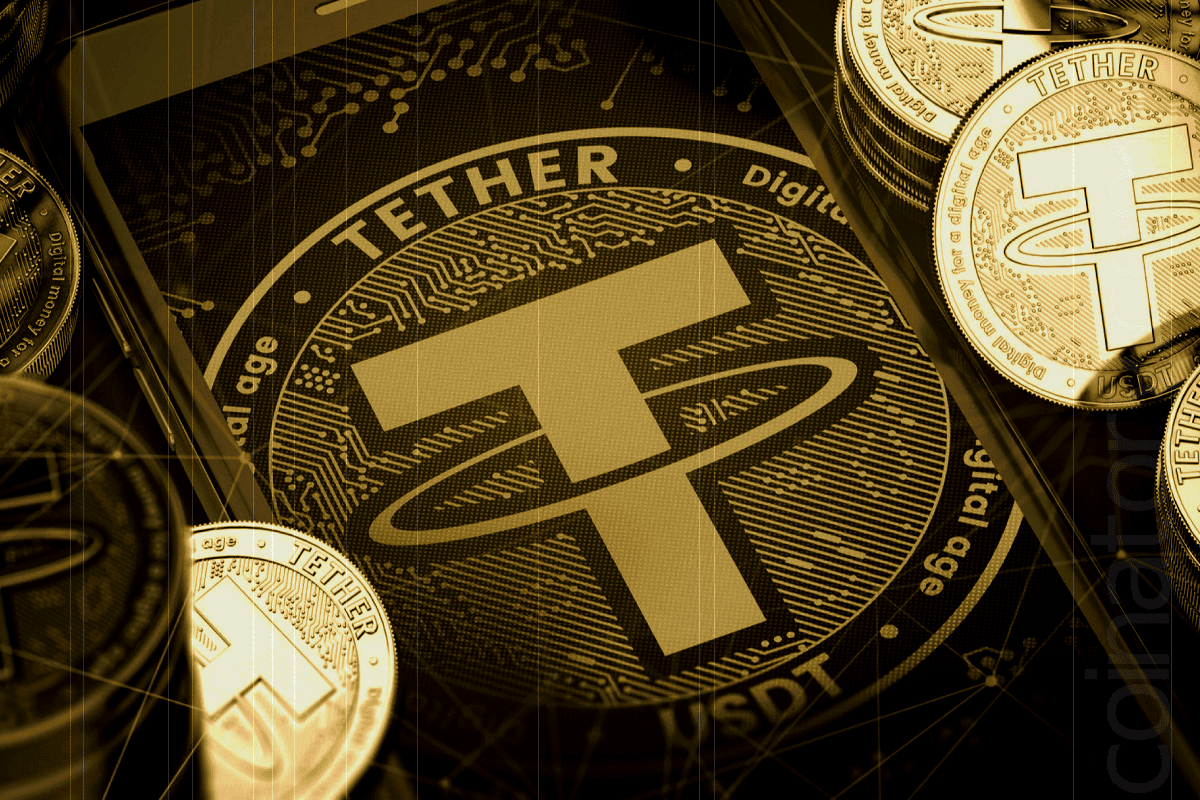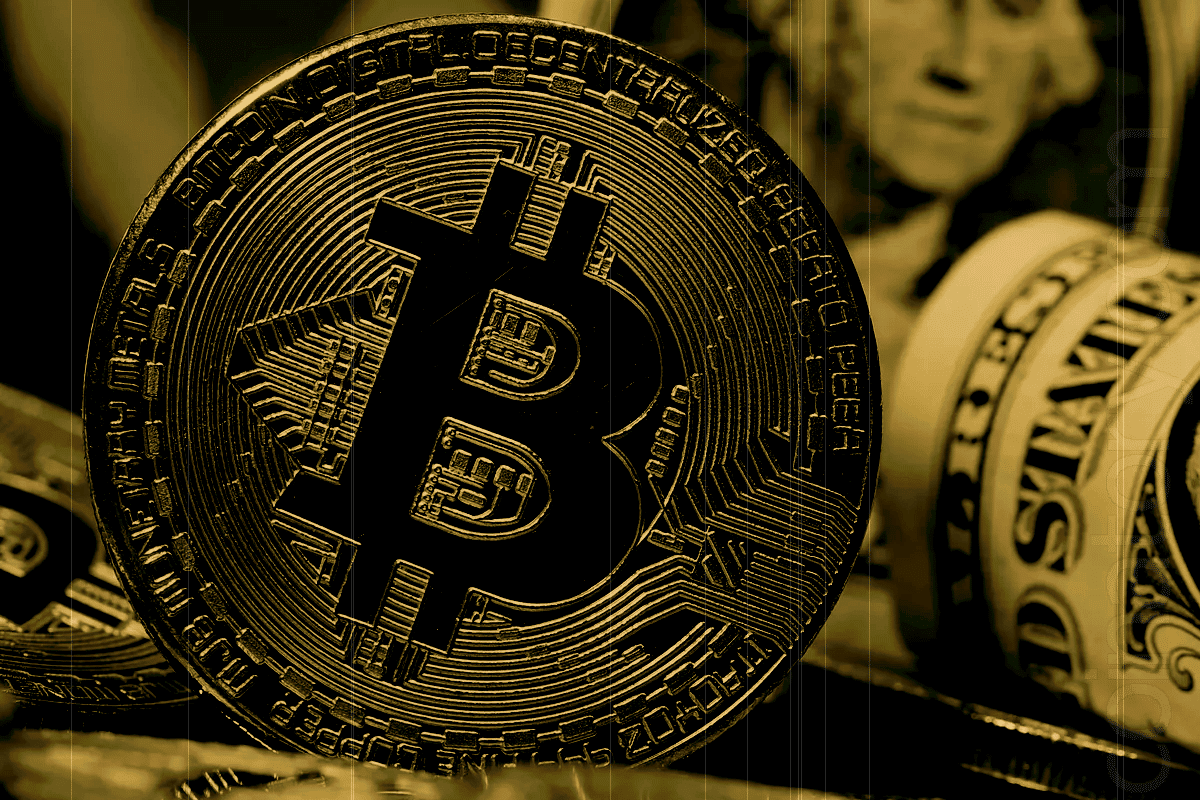
Tether, the issuer of the world’s largest stablecoin USDT, has dismissed rumors surrounding a Bitcoin sell-off, reiterating its long-standing strategy of reinvesting profits into Bitcoin, gold, and land.
Bitcoin Holdings Intact Despite Market Speculation
Chief Executive Officer Paolo Ardoino firmly stated that Tether “didn’t sell any Bitcoin,” responding to recent speculation triggered by a misinterpretation of the firm’s Q1 and Q2 2025 attestation data. The data, reviewed by auditing firm BDO, appeared to show a reduction in Bitcoin holdings—from 92,650 BTC in the first quarter to 83,274 BTC in the second. This led some market commentators to suggest that Tether had begun to divest its Bitcoin reserves.
However, industry experts quickly refuted these claims. Samson Mow, CEO of Jan3, clarified that the observed decrease was a result of a strategic transfer—19,800 BTC were reallocated to a Bitcoin-native financial platform known as Twenty One Capital (XXI). The transfer included 14,000 BTC in June and another 5,800 BTC in July. According to Mow, when this transfer is accounted for, Tether’s net holdings would have actually increased by 4,624 BTC compared to the end of Q1.
Ardoino supported this interpretation, noting that the movement of assets does not equate to liquidation. He underscored the firm’s continued commitment to investing in safe-haven assets, especially in what he described as a deteriorating global financial environment.
Expanding Exposure to Gold and Land
In addition to its sizable Bitcoin reserves, Tether has significantly expanded its investments into gold. The company now holds approximately $8.7 billion in physical bullion, stored in secure vaults in Zurich. This gold is not only used to diversify reserves but is also considered a strategic hedge against fiat currency instability.
Tether has further deepened its exposure to the gold sector by investing at least $205 million into Elemental Altus, a gold royalty firm undergoing a merger with EMX. The stablecoin issuer is reportedly in discussions with multiple entities across the gold supply chain, including mining, refining, and trading groups, as part of a broader strategy to build a resilient and inflation-resistant reserve base.
According to Ardoino, gold serves as a natural counterpart to Bitcoin, with both assets forming a dual pillar in Tether’s diversification strategy. He characterized the firm’s asset allocation model as a proactive measure to preserve value amidst rising geopolitical and monetary uncertainty.
A Broader Institutional Strategy Emerges
Tether’s actions mark a distinct evolution in the reserve management strategy of stablecoin issuers. Rather than holding only cash equivalents and short-term government debt, the company is aligning its reserves with long-term, value-preserving assets. Its investments in land and commodities point to a shift toward real-world asset integration, likely aimed at enhancing trust among institutional partners and regulators.
As of early September 2025, Tether holds over 100,521 BTC, valued at approximately $11.17 billion. This substantial reserve underscores the firm’s ongoing confidence in Bitcoin as a foundational store of value.
Market Implications
Tether’s proactive communication and detailed disclosures serve to reinforce market confidence at a time of heightened scrutiny. By clarifying its position and exposing the flawed assumptions behind the sell-off rumors, the company has positioned itself as a transparent and strategically disciplined player in the digital asset space.
The convergence of Bitcoin, gold, and land in Tether’s reserve portfolio reflects a deliberate move toward a multi-asset, anti-inflationary strategy. As the global financial system faces increasing headwinds, Tether appears to be aligning itself not only with the digital future but also with timeless, tangible stores of value.







